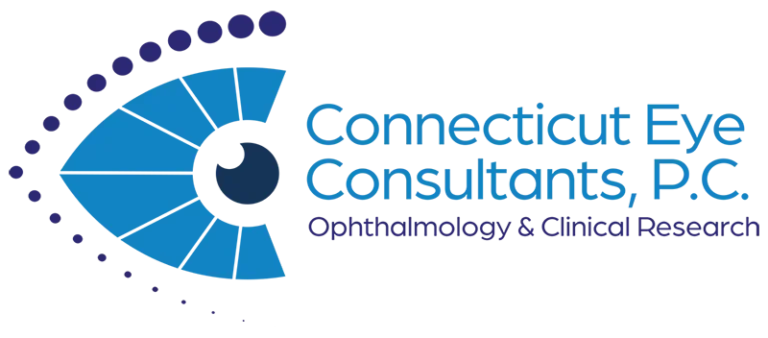HOURS
Mon-Fri: 8:00am – 5:00pm
(Or by Appointment)
Sat-Sun: Closed
Non-Proliferative Diabetic Retinopathy
Background
Non-proliferative diabetic retinopathy (NPDR) is an early stage of diabetic retinopathy, a diabetes-related eye condition that affects the retina. In NPDR, high blood sugar levels lead to damage of the blood vessels in the retina, causing them to weaken.
Key characteristics of NPDR include:
- Microaneurysms: small bulges in the retinal blood vessels
- Retinal hemorrhages: small areas of bleeding in the retina
- Exudates: yellow or white patches in the retina due to lipid deposits from leaked fluid
NPDR can progress to more severe forms, but it may not cause noticeable symptoms in its early stages. Regular eye exams are crucial for early detection and management, as prompt treatment can help prevent vision loss. Management typically involved controlling blood sugar levels, blood pressure, and cholesterol to minimize further retinal damage.
Signs and Symptoms
NPDR may not present noticeable symptoms in its early stages, but as it progresses, some signs and symptoms can include:
- Blurry vision
- Fluctuating vision
- Dark or empty spots in vision
- Retinal hemorrhages
- Microaneurysms
- Exudates
Risk Factors
The risk factors for NPDR include:
- Duration of diabetes
- Poor blood sugar control
- High blood pressure
- High cholesterol levels
- Kidney disease
- Cigarette smoking
- Obesity
- Pregnancy
Diagnosis
Diagnosing NPDR typically involves a comprehensive eye examination conducted by an eye care professional. The diagnostic process includes:
- Medical history
- Visual acuity test
- Dilated eye exam
- Fundus photography
- Optical coherence tomography (OCT)
- Fluorescein angiography
Early diagnosis is key to managing NPDR effectively and preventing its progression to more severe forms of diabetic retinopathy or diabetic macular edema. Regular eye exams are essential for anyone with diabetes.
Treatment
Treating for NPDR primarily focuses on managing underlying diabetes and preventing progression. Here are the common approaches:
- Blood sugar control
- Blood pressure and cholesterol management: medications may be prescribed as needed
- Regular eye exams: routine check-ups help monitor the condition and catch any progression early
- Laser treatment: laser therapy may sometimes be considered for severe NPDR to prevent further damage
- Injections: in cases where NPDR progresses to macular edema, anti-VEGF injections may be used to reduce swelling and improve vision
- Lifestyle modifications: encouraging a healthy diet, regular exercise, and quitting smoking can also help manage diabetes and reduce complications
Our retinal research team at Connecticut Eye Consultants consists of experienced doctors, certified coordinators, photographers and experienced technicians who are industry leaders in NPDR Pharmaceutical research.
For more information, please visit diabeticretino.pdf (nih.gov)


